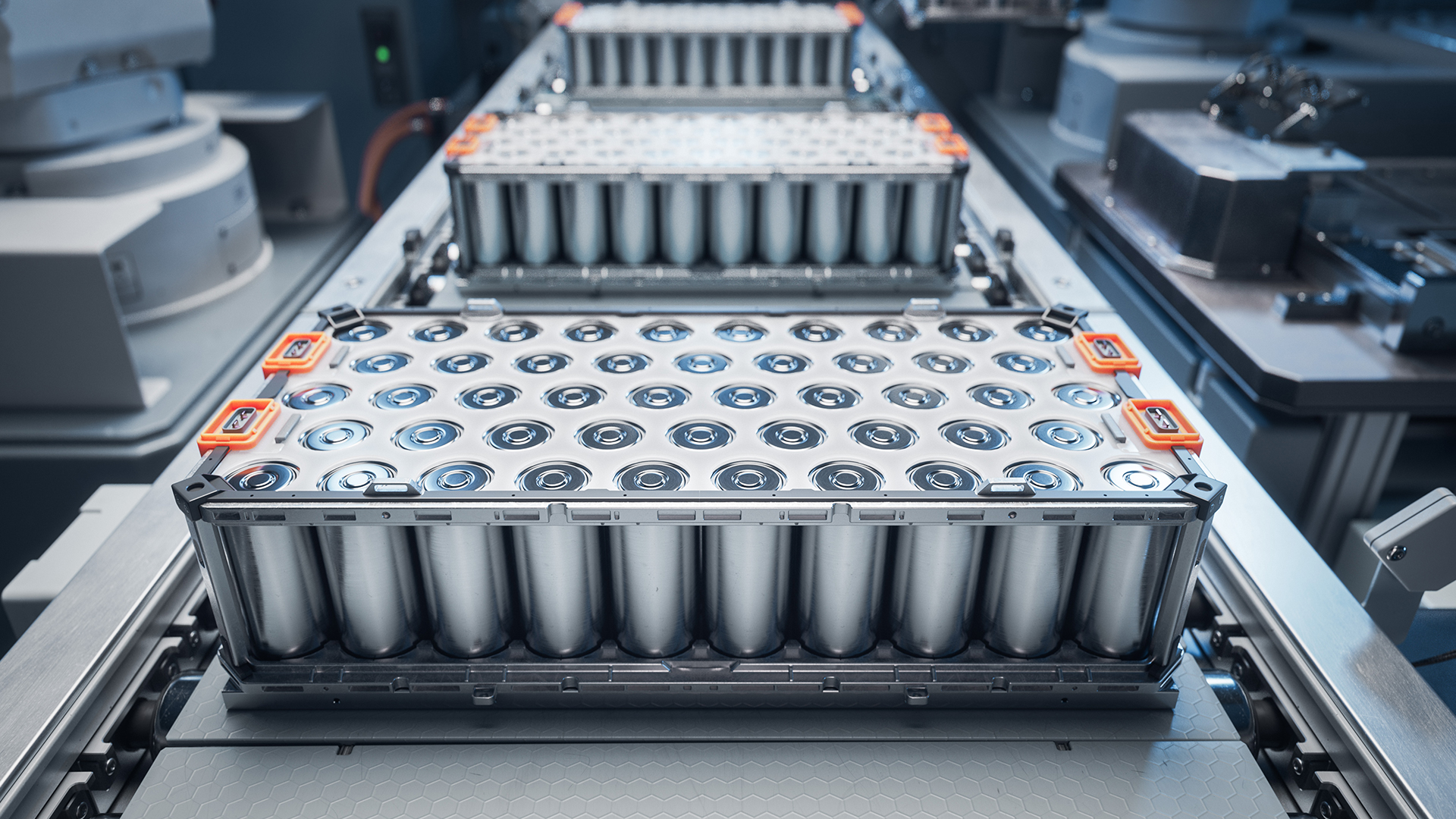Japanese researchers at Yokohama National University have demonstrated a promising alternative to nickel and cobalt-based batteries for electric vehicles (EVs).
Their approach uses manganese in the anode to create a high-energy density battery that is both cost-effective and sustainable.
EV manufacturers prefer nickel and cobalt batteries since they deliver higher energy density, translating to more range in a smaller battery pack. However, both components are expensive to source and relatively rare, making them unsustainable options when EV usage soars worldwide.
Lithium-ion (Li-ion) batteries are the preferred rechargeable battery option for most electronics. However, their lower energy density puts them on the back foot regarding EVs. Research and development efforts to improve them have led to the introduction of better Li-ion options.
Manganese in the anode material alongside lithium, such as LiMnO2, has also been experimented with. However, applications have been limited due to the electrode’s poorer performance. Researchers at Yokohama National University (YNU) in Japan have addressed this issue in their recent work.
Working with a monoclinic system
After extensively studying LiMnO2 in its various forms using X-ray diffraction, scanning electron microscopy, and electrochemical methods, researcher Naoaki Yabuuchi and his team at YNU found that a monoclinic layered domain activates the structural transition of LiMnO2 to a spinel-like phase. A monoclinic system is a type of group symmetry of a solid crystalline structure.
LiMnO2 improves the electrode material’s performance by facilitating the phase transition. Without the phase transition, a LiMnO2 electrode has sub-optimal performance.
“From this finding, nanostructured LiMnO2 with the monoclinic layered domain structures and high surface area has been directly synthesized using a simple solid-state reaction,” Yabuuchi said in a press release.
The reaction has no intermediary steps and can be directly synthesized from two components using a calcination process.
Performance improvements with Mn
Post-synthesis testing revealed that a battery with a LiMnO2 electrode reached an energy density of 820 watt-hours per kilogram (Wh kg-1) compared to a 750 Wh per kg obtained with a nickel-based battery. Only lithium-based batteries have an even lower energy density of 500 Wh per kg.

The researchers told Interesting Engineering in an email that manganese, when used in other polymorphs, typically shows half the energy density capacity.
Previous work using manganese reported a voltage decay in batteries, wherein voltage output dropped over time, reducing the electronic device’s performance. However, with the LiMnO2 electrode, the researchers did not observe such outcomes.
Manganese dissolution, either due to phase changes or a reaction with an acidic solution, can still occur. The press release added that the researchers plan to address this using a highly concentrated electrolyte solution and a lithium phosphate coating.
The researchers are confident that their work has contributed to developing a new offering that is competitive with existing options, sustainable to produce, and environmentally friendly in the long run. They look forward to commercializing their technology and its usage in the EV industry.
The research team added in their email to IE, “We have found a very cheap methodology, and that is the important finding of our study. “
ABOUT THE EDITOR
Ameya Paleja Ameya is a science writer based in Hyderabad, India. A Molecular Biologist at heart, he traded the micropipette to write about science during the pandemic and does not want to go back. He likes to write about genetics, microbes, technology, and public policy.

Michael Johnson is a tech enthusiast with a passion for all things digital. His articles cover the latest technological innovations, from artificial intelligence to consumer gadgets, providing readers with a glimpse into the future of technology.







